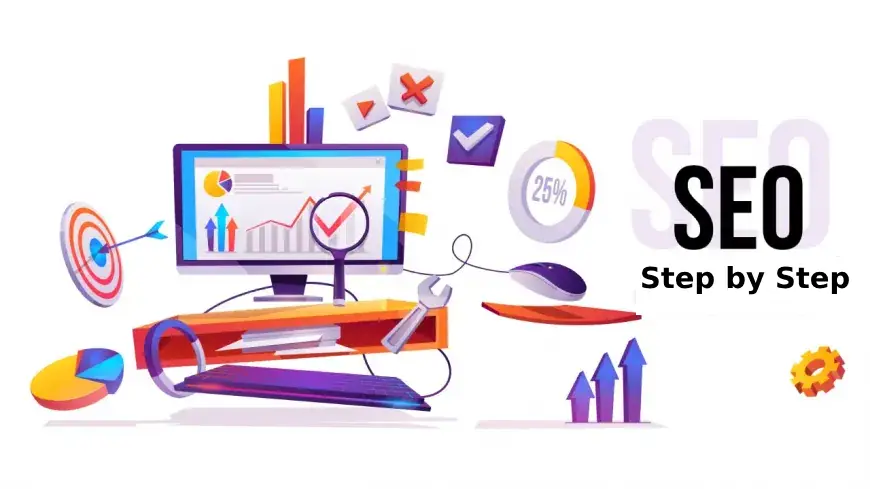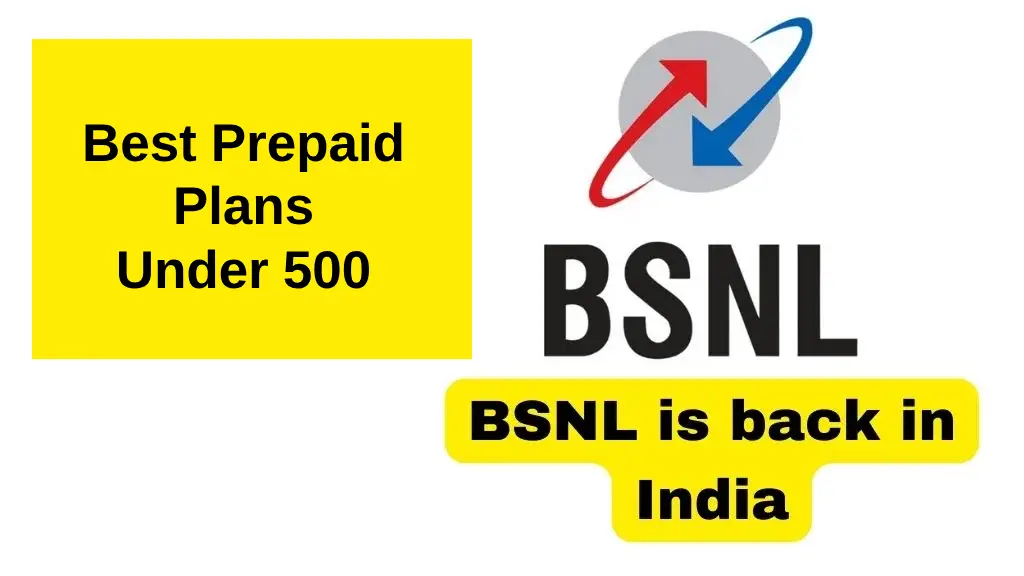Table of Contents
What is Technical SEO
What is Technical SEO? Technical SEO Strategies – The term Technical SEO denotes the optimization of a website for its back-end structure to increase its ranking on a search engine. This includes making sure that a website fulfills the minimum requirements set by modern search engines so that their bots can crawl, index, and comprehend its content. Unlike on-page SEO which primarily deals with content and usability, technical SEO focuses on the inner workings of the website.
You may need to implement other strategies to improve your SEO, but first, you would need to address the issues that concern Technical SEO like slow-loading pages, broken links, and poor mobile usability for these will affect user experience along with search engine ratings irrespective of content optimization.
Why is Technical SEO Important?
Having adequate knowledge of a target website’s structure allows for its content to be indexed more efficiently and improve its rankings subsequently. Users are drawn to content that is easier to find and is visually appealing, meaning website optimization lowers the chances of losing users.
- Higher Rankings: Search engines are likely to give priority to a website that is well-optimized. Solving any existing technical problems gives the website a better chance of scoring higher in SERPs.
- Increased Organic Traffic: Apart from business websites, a website that is more technically optimized can be more easily crawled, indexed, and ranked by search engines. Hence, they would be more likely to attract organic traffic.
- Competitive Advantage: The absence of any kind of technical SEO is a common shortcoming in many websites. This lets in users with similar content or intents to capture the market at hand and tilt the scales in their favor.
Key Technical SEO Strategies
While there are a multitude of methods to ensure your website is optimized, some are categorized as the core strategies that should be fulfilled first. The following “big three” technical strategies are very important to SEO:
Website Speed Optimization
Website speed is paramount in ranking a page, as well as ease of use. The lower the speed, the higher the frustration and later trends toward abandonment. Some useful tactics to increase website speed include:
- Utilizing Content Delivery Networks to disseminate the content over multiple servers.
- Compressing and utilizing modern image formats such as WebP.
- Minifying files such as CSS, JavaScript, and HTML.
- Reducing page load times for returning users by enabling browser caching.
- Upgrading hosting plans or moving to new servers to enhance response time from the server.

Optimizing for Mobile Devices
Because a large portion of web traffic is generated from mobile devices, your website must be mobile-optimized. Google employs a process known as mobile-first indexing meaning they visit the mobile version of your website first when checking its rank and index. To affirm mobile friendliness consider the following:
- Implement a responsive design that utilizes adaptive layouts for different screen sizes
- Refrain from using blocking modal popups that lower mobile usability
- Use Google’s Mobile-Friendly Test tool to check your site
XML Sitemap
An XML sitemap is a web file that contains a list of the pages on your site and helps search engines discover your content. Here are some tips to optimize your XML sitemap:
- Make sure it contains all high-importance pages
- Add it to Google Search Console and Bing Webmaster Tools
- Modify it frequently in correspondence with changes within the website.
Robots.txt File
The Robots.txt file serves as an instruction for search engines on what pages on your website they can access. When properly set up, this robots.txt file is crucial to how search engines will engage with your site. Important points to consider include:
- Grant Access to noted pages and resources that are essential
- Block identified duplicate or less important pages to use the crawl budget more efficiently
- Verify your robots.txt in the Google Search console.
Structured Data Markup
Data that is organized within a specific context is called markup data or schema markup. This type of data assists search engines in comprehending the content included in your website. Over time, structured data can build your search listings by enhancing them with rich snippets which improves click-through rates. Here are some of the most common types of structured data:
- Information related to products such as price, reviews, and availability.
- Articles that contain author names, article titles, and publishing dates.
- Local businesses such as restaurants or stores have addresses, phone numbers, and business hours.
Canonical Tags
A canonical tag is an HTML element that helps avoid duplicate content by selecting a preferred version of a web page. It’s necessary for e-commerce websites, or blogs that share similar content, to utilize canonical tags. To utilize canonical tags properly:
- Point every page with a canonical tag to the correct address.
- Make sure that the canonical address is indexed.
HTTPS Encryption
Using HTTPS encryption greatly enhances the security of the website, making it easier for search engines to use. As a result, this becomes a factor in ranking the search results. Changing your website from HTTP to HTTPS enables users to trust that their information will be securely transmitted. Here are a few steps to take to implement HTTPS:
- Acquire an SSL or TLS certificate from your web host.
- Change internal links and resources to include HTTPS.
- Create 301 HTTP to HTTPS redirect.
Crawlability and Indexability
Making sure search engines can crawl your site is a must for technical SEO. The most common problems are broken links, orphan pages, and blocked resources. To increase crawlability:
- Repair broken links using Screaming Frog or Ahrefs.
- Ensure that every crucial page has at least one internal link.
- Hide pages with the “no index” tag if you don’t want them indexed.
Website Architecture
A disorganized site can confuse users and search engines. It is essential to consider these factors in website architecture:
- Create a logical structure that has main and subcategories.
- Use breadcrumbs to make navigation easier.
- Reduce the number of clicks to key pages as much as possible.
Core Web Vitals
Google Core web vitals are a set of measures introduced by Google to determine user experience, including loading performance, interactivity, and visual stability. The three main metrics are:
- Largest Contentful Paint (LCP): gauges loading efficiency.
- First Input Delay (FID): gauges user interaction.
- Cumulative Layout Shift (CLS): gauges visual shift stability.
Improving these metrics will help the user experience and boost rankings on searches.
International SEO
Always remember that SEO best practices change if your website targets different countries or languages. Key strategies include:
- Region and language targeting using hreflang tags.
- Creating unique versions of your website to cater to specific countries or languages.
- Managing duplicate content issues by implementing canonical tags.
Managing Errors
Environments outside your control can negatively influence performance through broken pages and server issues, which cover a range of common problems such as 404 errors, 500 errors, and redirect chains. The following steps can be taken to deal with errors:
- Use Google Search Console to monitor your site for error issues.
- Fix broken links and redirect chains as soon as possible.
- Improve user experience by creating custom 404 pages that redirect users to useful pages.
Content Delivery and Rendering
Today, JavaScript is heavily relied upon to serve dynamic content functions across modern websites. The downside is, that search engines find it extremely difficult to render JavaScript-rich websites. To avoid poor rendering results:
- Utilize server-side rendering (SSR) or pre-rendering for JavaScript content.
- Check how your website renders using Google’s URL Inspection Tool. Once done, you can proceed with testing.
Log File Analysis
Search engine bot activity on your website can be tracked through log files, which also provide additional insights. File analysis aids in discovering your crawl problems and optimizing your crawl budget for more efficiency. The plan is straightforward:
- Tracking bot activity to discover any possible patterns or irregularities.
- Locating pages that are being crawled more than they should be or not nearly enough.
- Refining your robot’s Txt file along with your internal linking can be done afterward.
Consistent Reviews and Evaluation
Technical SEO isn’t a one-off project. It is a continuous activity. Audits and performance monitoring are essential for preserving good rankings. Google Search Console, Screaming Frog, and Ahrefs help find and correct technical issues.
What is On Page SEO? On Page SEO Strategies What is Off Page SEO? Off Page SEO Strategies Best SEO Plugin for WordPress Website How to Add Floating Social Buttons in Generatepress Theme How to edit photos without install app






